The San Chi ethnic community living in the province still preserves the customs and rituals imbued with the traditional culture of their people. Among them, the Thuom Cuom ritual is one of the most important rituals in the life of San Chi men, because this is a ritual that affirms maturity and can decide on important matters in the family and clan.
The San Chi people have a very rich cultural life and traditional beliefs. Their concepts of the universe, souls, humans, and all things have existed for a long time and are preserved to this day. The main beliefs of the San Chi people are ancestor worship, worship of the local gods, gods, beliefs related to the cycle of human life, and worship of agriculture. The San Chi people believe that each stage of life must be reported to ancestors and gods through rituals. To be recognized as an adult, a San Chi boy must undergo the Thuom Cuom ceremony witnessed by the villagers as an indispensable rule.
Mr. Tan Van Chich, a prestigious person in Khuoi Chu hamlet, Thuong Ha commune (Bao Lac) said: Thuom Cuom ceremony is passed down from generation to generation by San Chi people, marking the maturity of San Chi boys. From the moment of receiving the seal of their name, the boy is recognized as having full responsibility and ability to make important decisions for the family and clan.
The Thuom Cuom ceremony is also known as the coming of age ceremony for men (usually boys between the ages of 12 and 16). To be considered an adult man, they must undergo this ceremony. The Thuom Cuom ceremony usually takes place over 3 days, with offerings including rice, pigs, wine, chickens, etc. During the ceremony, everyone attending the ceremony must be vegetarian and not kill. The shamans read to the person receiving the ceremony 10 wishes, 10 oaths, and 10 prohibitions, such as: Do not cheat, do not curse parents, etc., all of which guide the person receiving the ceremony to live a good life, a life that is useful to society. The main day of the coming of age ceremony is the day the homeowner invites villagers and people from neighboring villages to eat and drink together.
For the ceremony to take place smoothly, 2-3 monks are needed to assist during the ceremony days. The chosen monk must be compatible with the age of the person receiving the ceremony, and can be a villager or a close relative. The coming-of-age ceremony is held continuously day and night, including many different large and small ceremonies: setting up the five-stage altar, the altar in the house, presenting, lighting up, lowering the lights, handing over the soldiers, naming the dead, red thread ceremony, visiting the heavenly court, and presenting to the Jade Emperor...
The Thuom Cuom ceremony begins with the sound of a gong, symbolizing the sun, and the sound of a drum representing the moon. The person receiving the ceremony sits in the main room in front of the altar inside the house; the shamans begin to dance according to the ritual to report to the ancestors and family. After the ritual of reporting to the ancestors, the shamans and the person receiving the ceremony begin to perform the ritual of wearing ceremonial costumes. The shamans' costumes have clear distinctions in color, each color corresponding to the rank of each shaman. The main shaman with the highest rank wears a yellow ceremonial costume, the first assistant shaman with a lower rank than the main shaman wears a red costume, the second assistant shaman has the lowest rank so he wears a blue costume.
After completing the rituals in the house, the monks hold incense and present it to the altar to ask for permission for the person receiving the ceremony to go outside to the Ngu Dai altar to perform the Christmas ceremony. The Ngu Dai altar is set up outdoors, on a large piece of land, made of wood, more than 2 meters high. The Ngu Dai symbolizes the back of a dragon, the person receiving the ceremony sits on the altar, meaning sitting on the dragon's back to descend to earth.
Ngu Dai symbolizes the dragon's back. The person receiving the ceremony sits on the platform, meaning he or she sits on the dragon's back to descend to earth.
When the person receiving the ceremony goes up to the Ngu Dai, he needs to raise his head to look at the sky, turn his body in turn to all directions, then sit down on the Ngu Dai with his face facing West and his back facing East. Below, the shamans and the young men in the village spread out a hammock lined with a blanket like a hammock so that when the person receiving the ceremony falls from above, the blanket will support and wrap it into a package. The person receiving the ceremony falls into the hammock and is immediately wrapped tightly, the net covering it like a fetus. Drums and gongs beat continuously to celebrate the person receiving the ceremony from heaven to the earth. The bowl of water placed on the hammock package is poured out by the shaman, then the hammock and blanket package are opened. The shaman will check to see if the fingers and toes are still close together or not.
Next, the person receiving the ceremony sits up, the main shaman holds a bowl of rice and feeds the person receiving the ceremony, this symbolizes that the child is taken care of by the shaman, fed, warmly dressed, grows up and becomes an adult. After birth, the person receiving the ceremony is brought home to thank his ancestors and is recognized as a grown man, living responsibly, honestly, being filial to his parents, working hard, getting along with his siblings, helping those in need... After that, the shaman and the person receiving the ceremony change into their everyday clothes and eat and drink together to celebrate the family.
After the ceremony, the family of the recipient holds a feast to show gratitude to the brothers and neighbors who came to help, witness the growth of their children and grandchildren, and enjoy the family's traditional dishes of the San Chi people.
The coming-of-age ceremony is a very special ritual of the San Chi ethnic community, containing a great educational concept and philosophy of life to guide children towards truth, goodness and beauty. Currently, the Thuom Cuon ceremony is still preserved and maintained, contributing to preserving the national cultural identity.
Thanh Binh/Cao Bang Newspaper
Source: https://baophutho.vn/le-thuom-cuon-cua-nguoi-san-chi-228066.htm


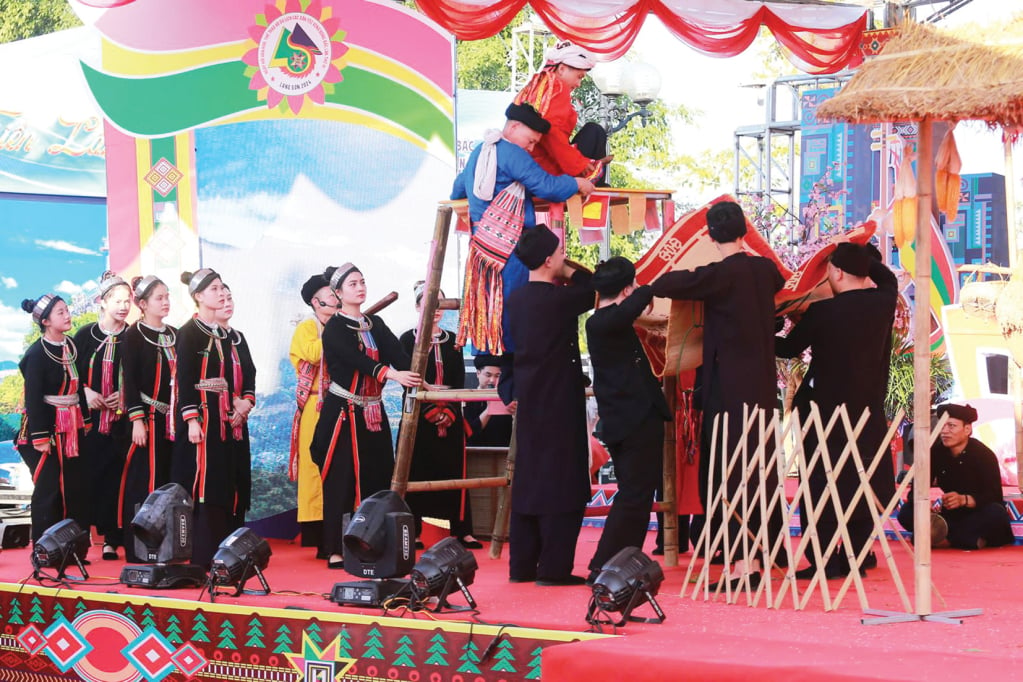

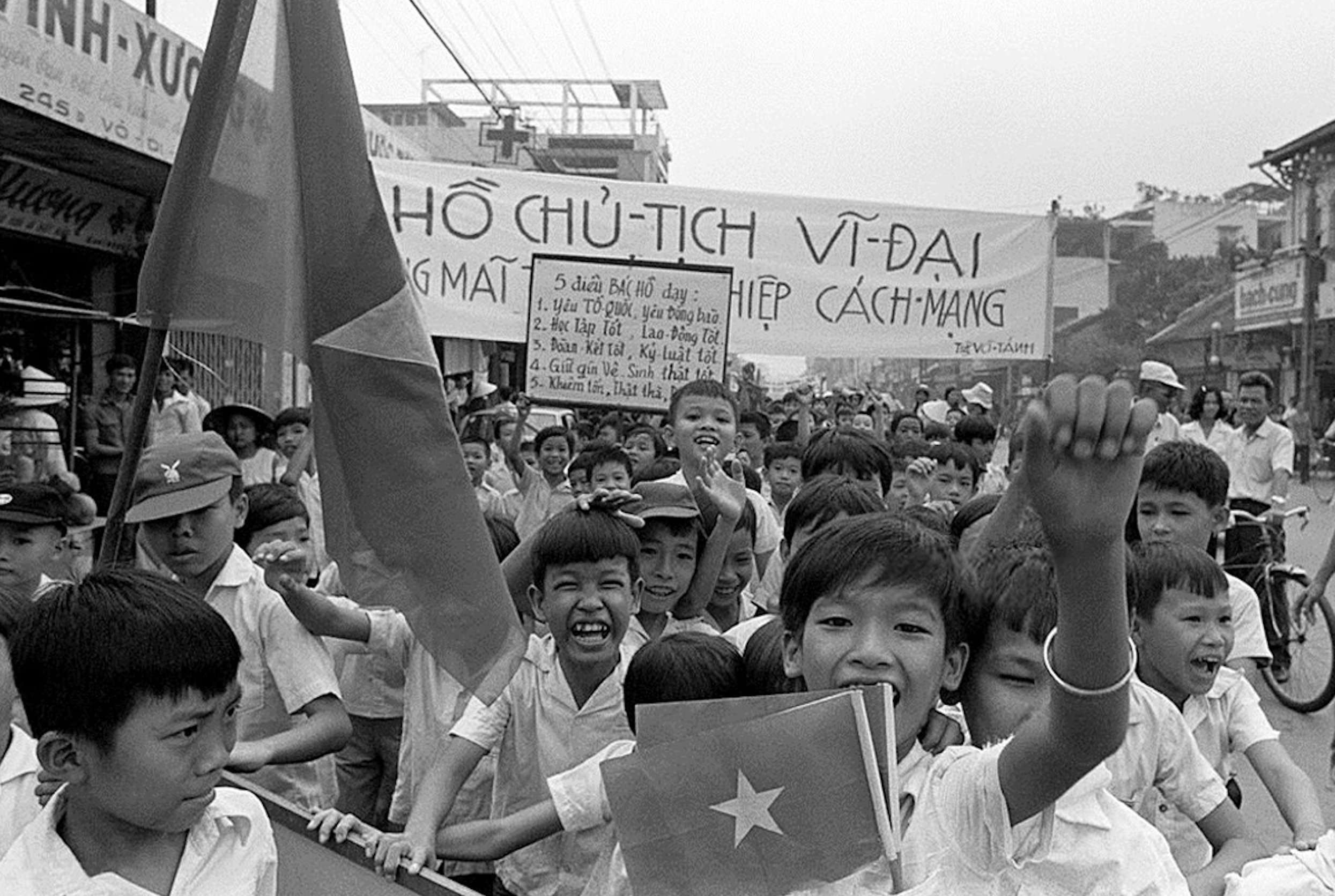
![[Photo] Visiting Cu Chi Tunnels - a heroic underground feat](https://vstatic.vietnam.vn/vietnam/resource/IMAGE/2025/4/8/06cb489403514b878768dd7262daba0b)







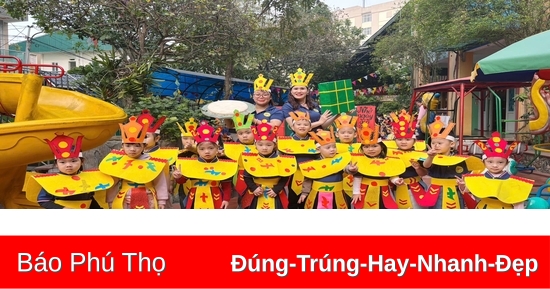





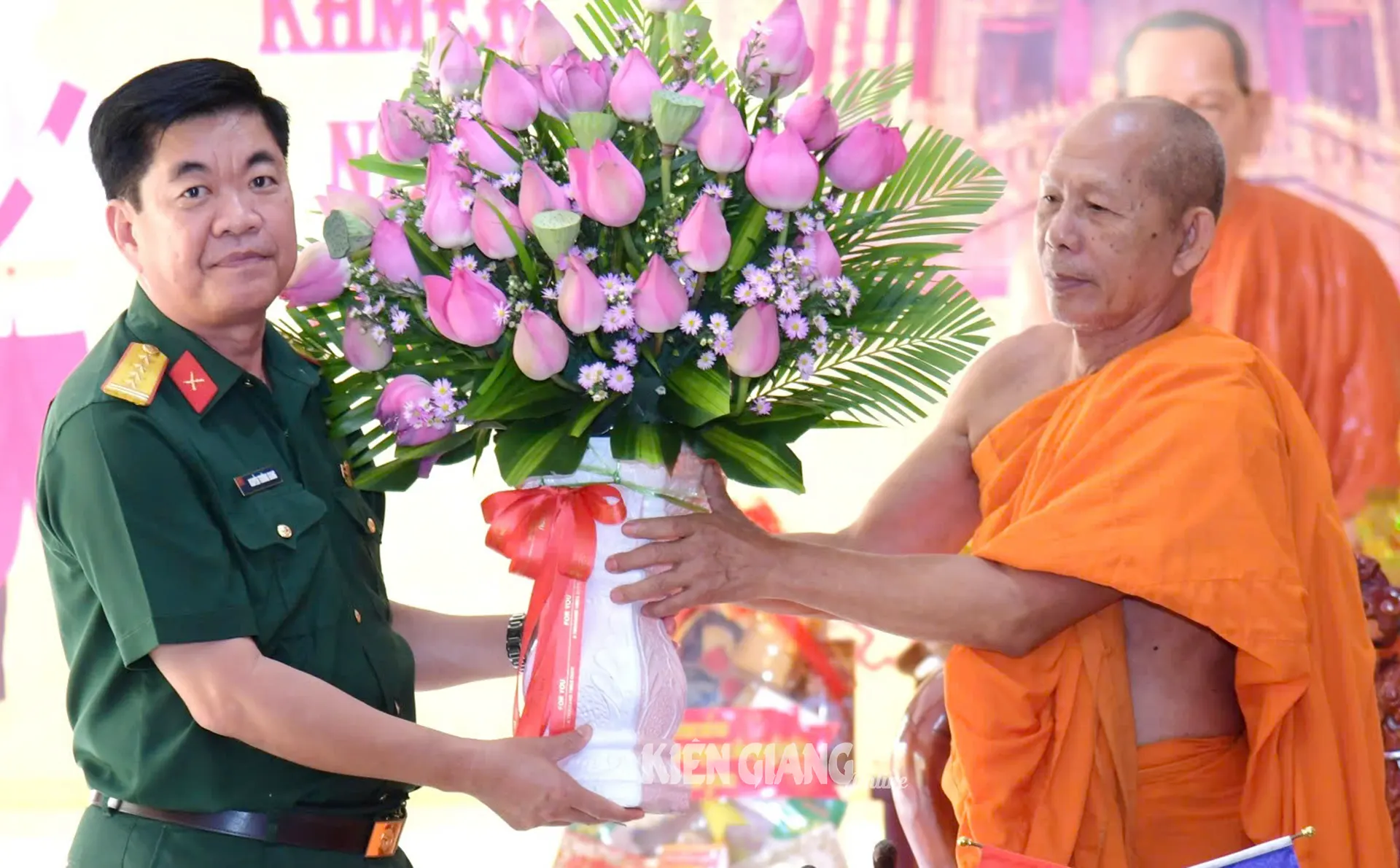
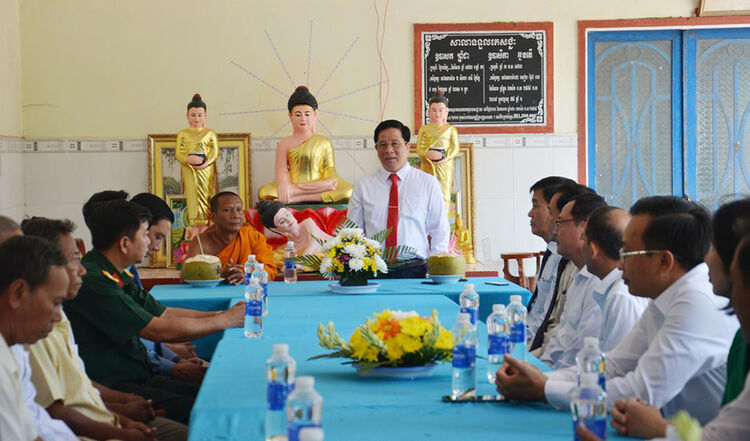
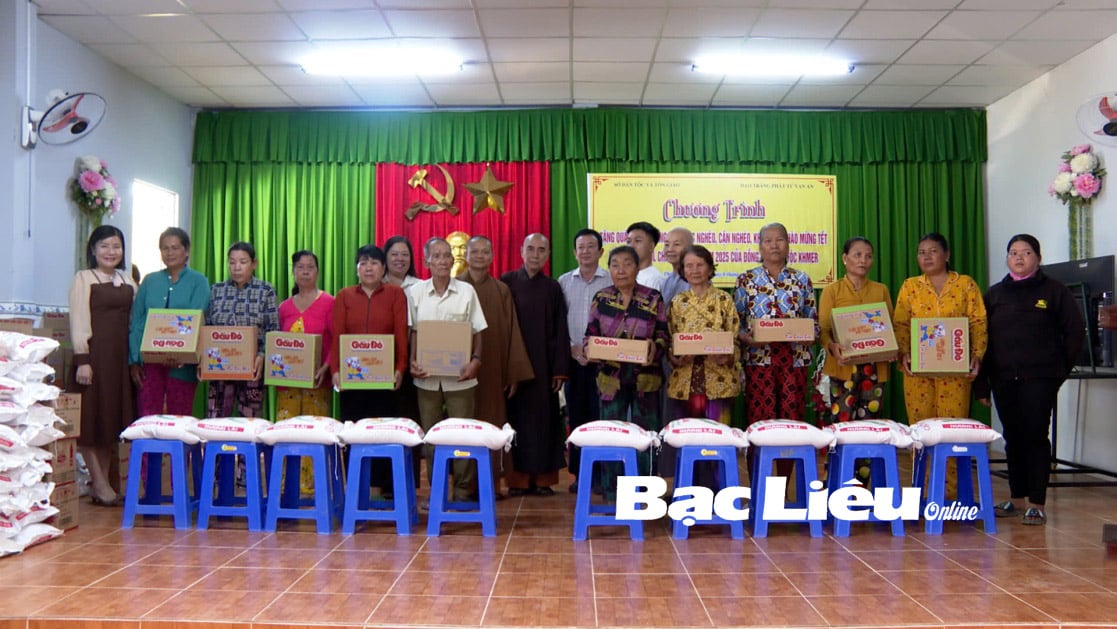






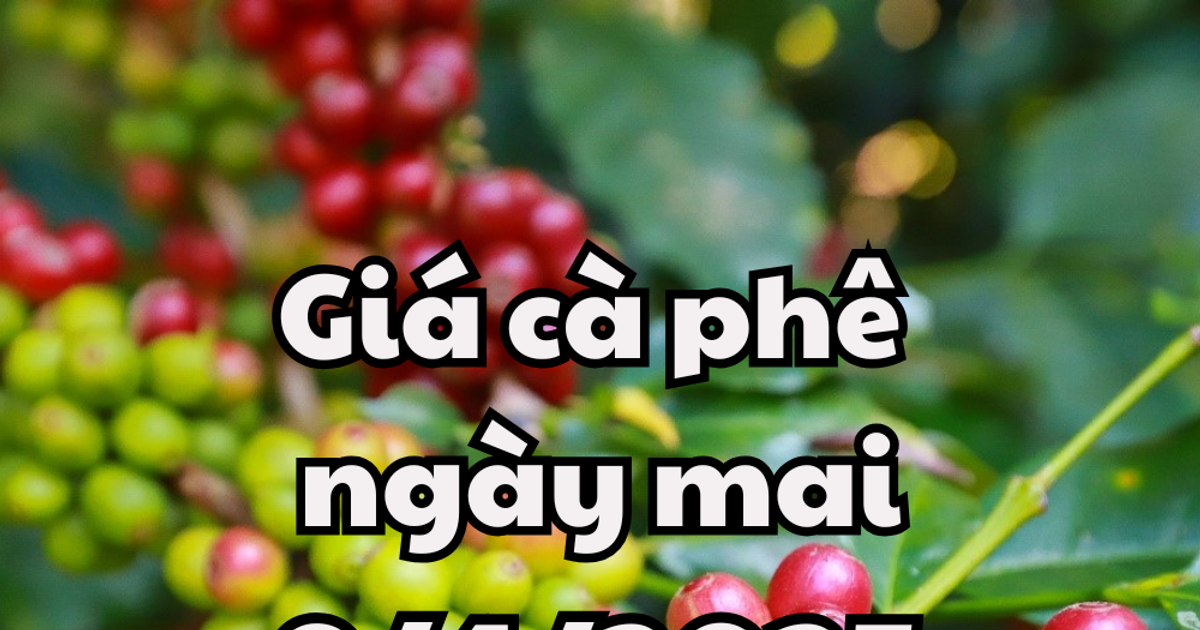

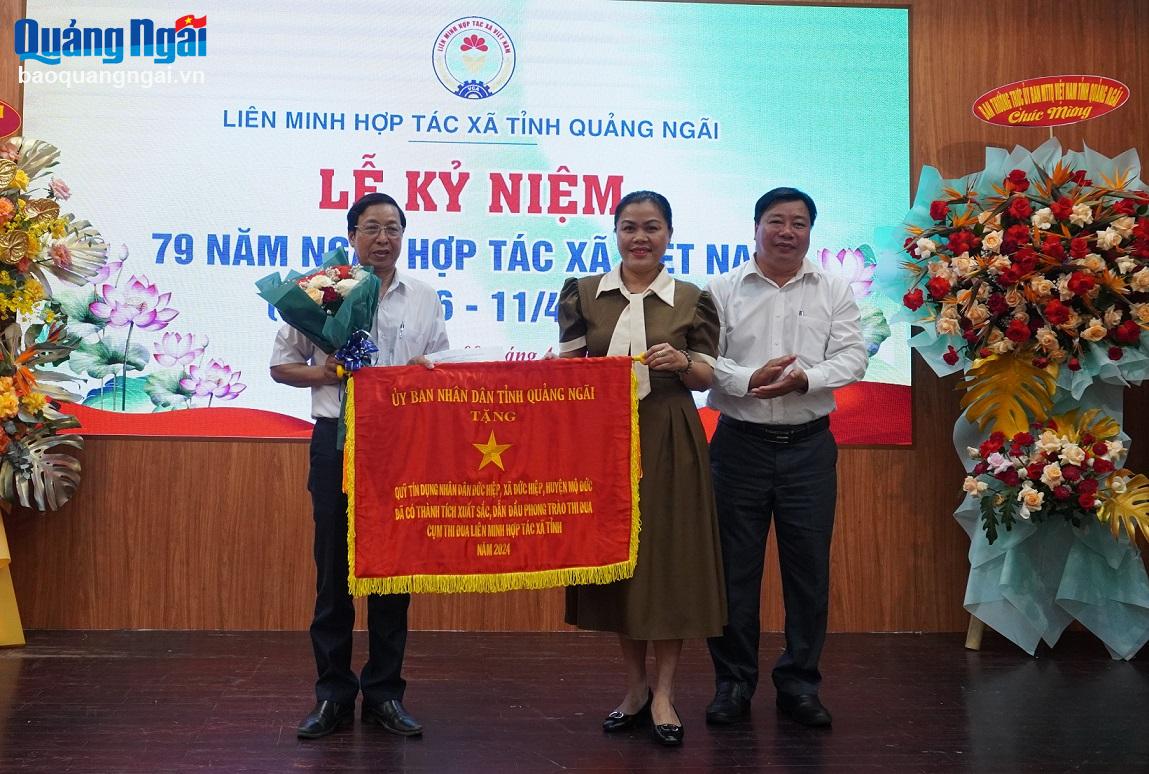




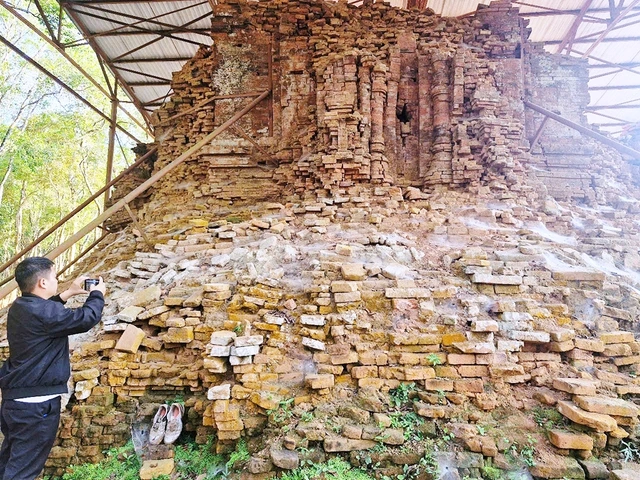

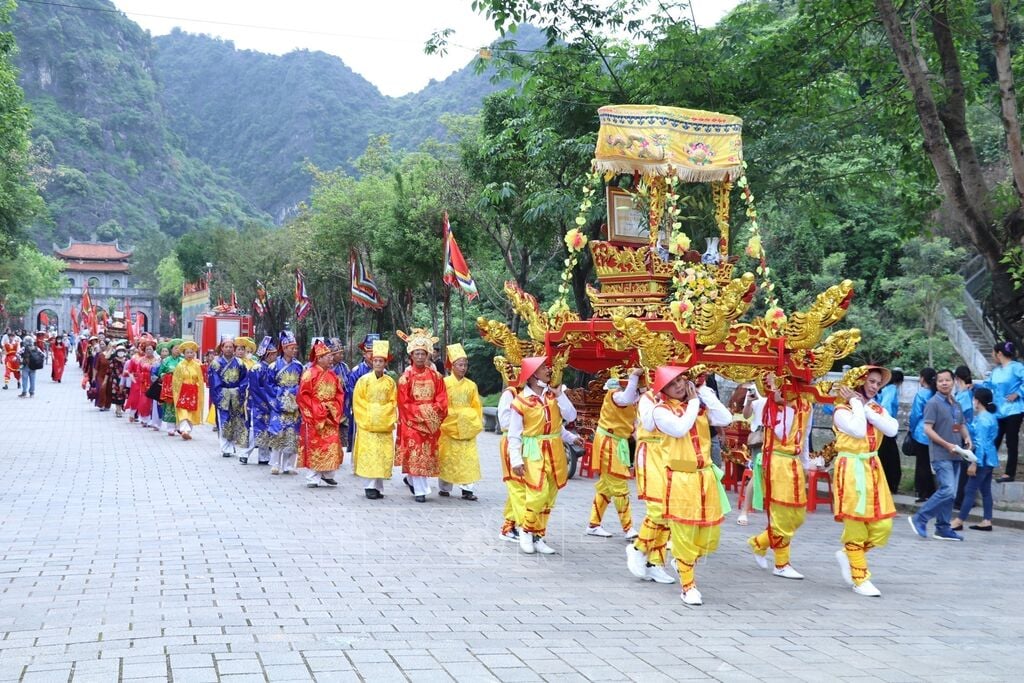

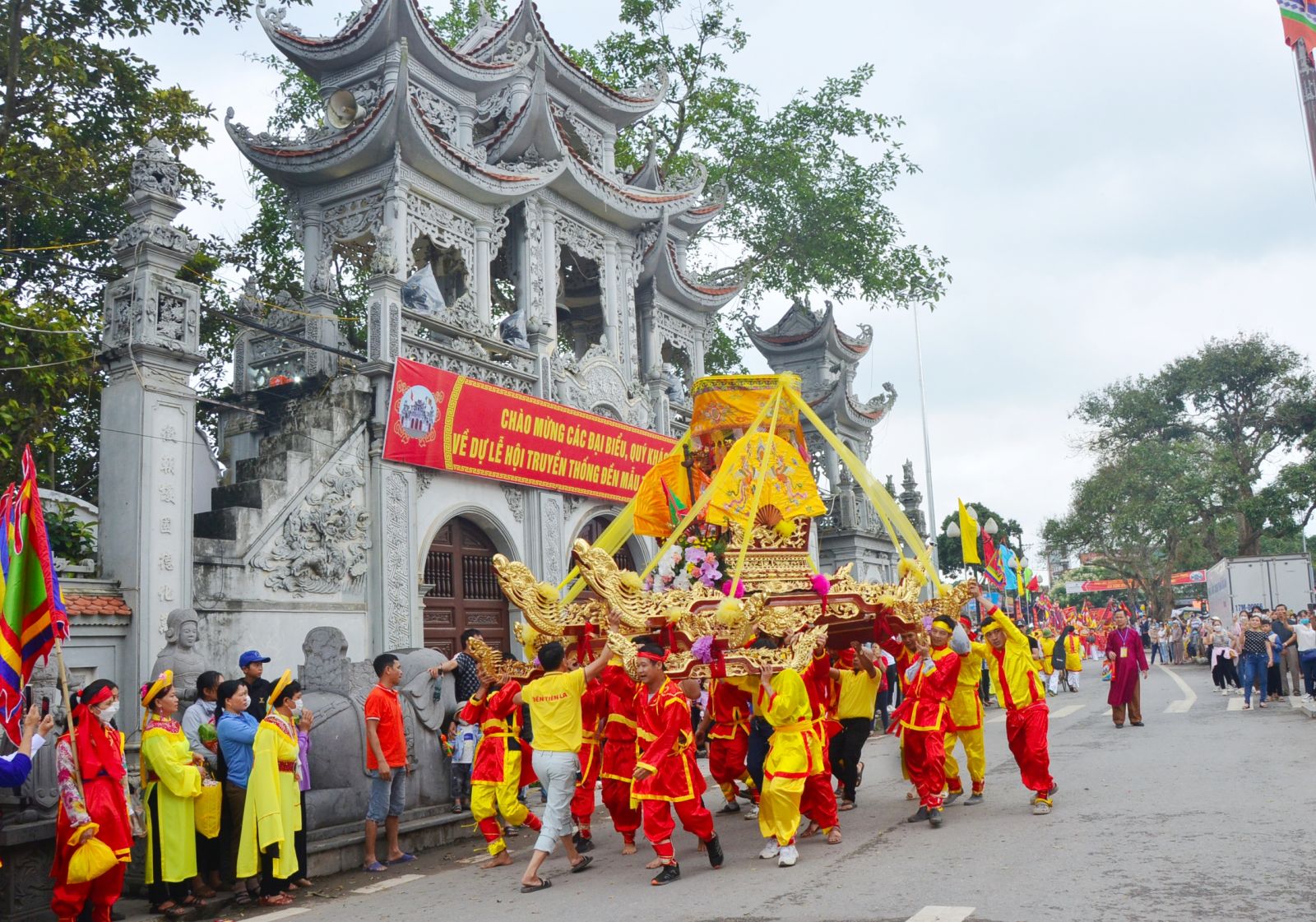

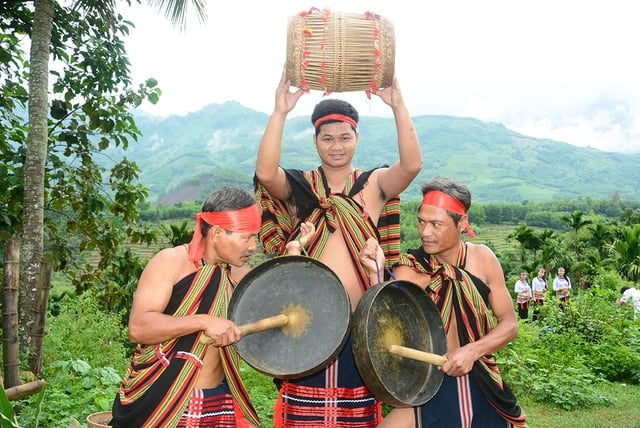
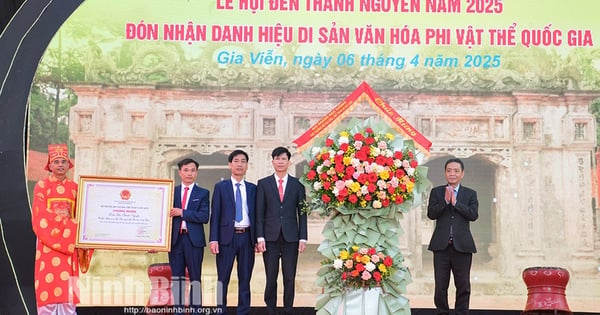








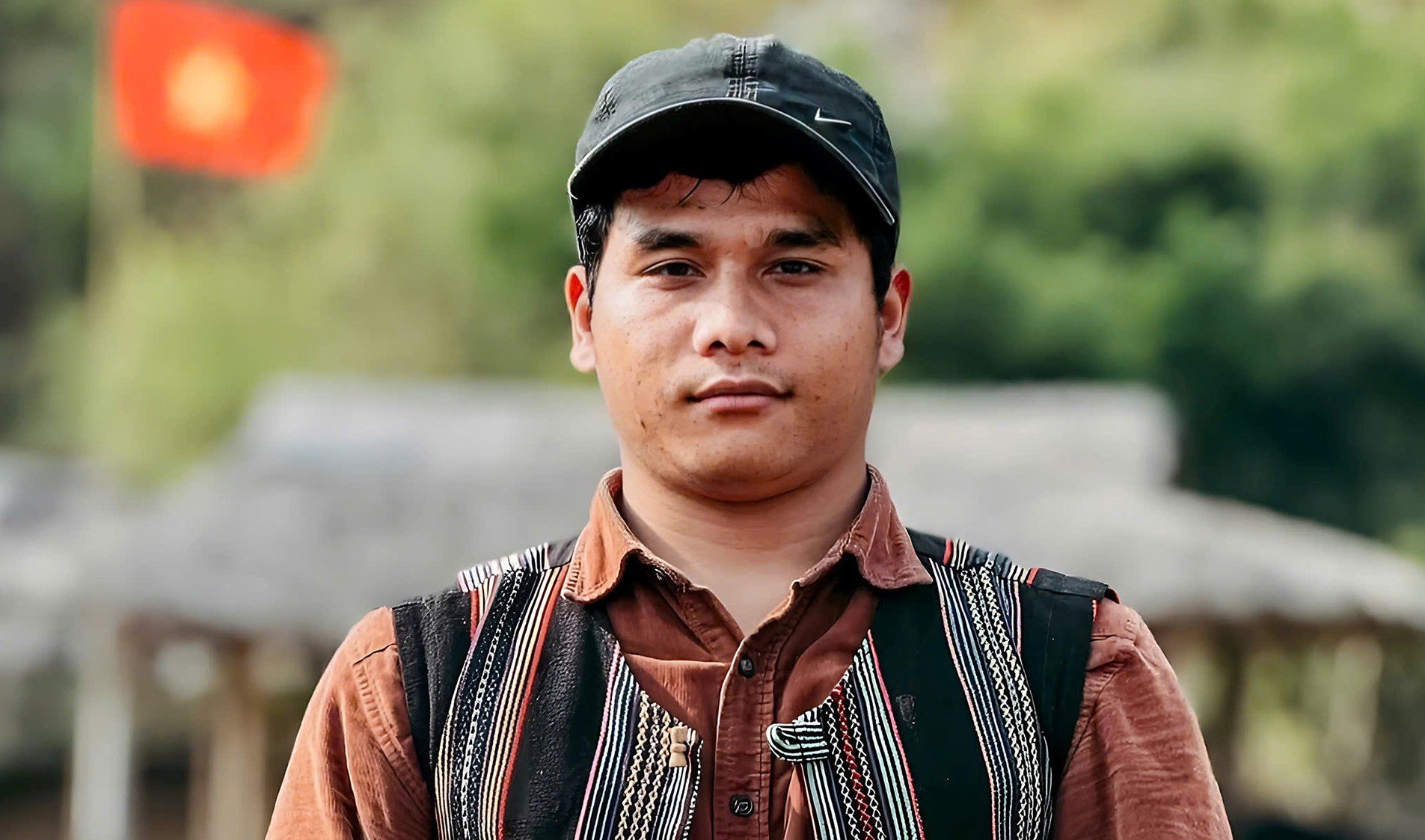










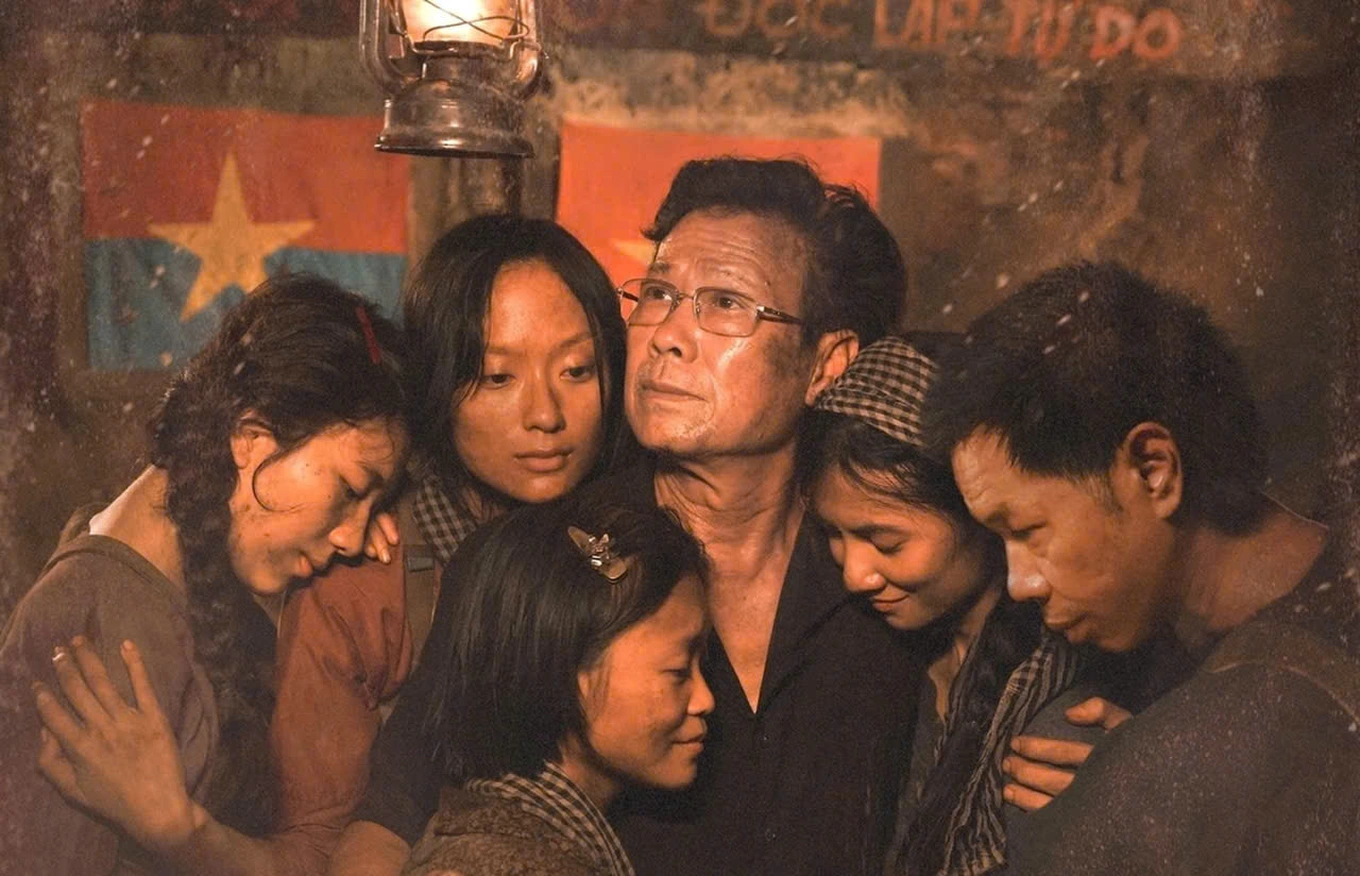










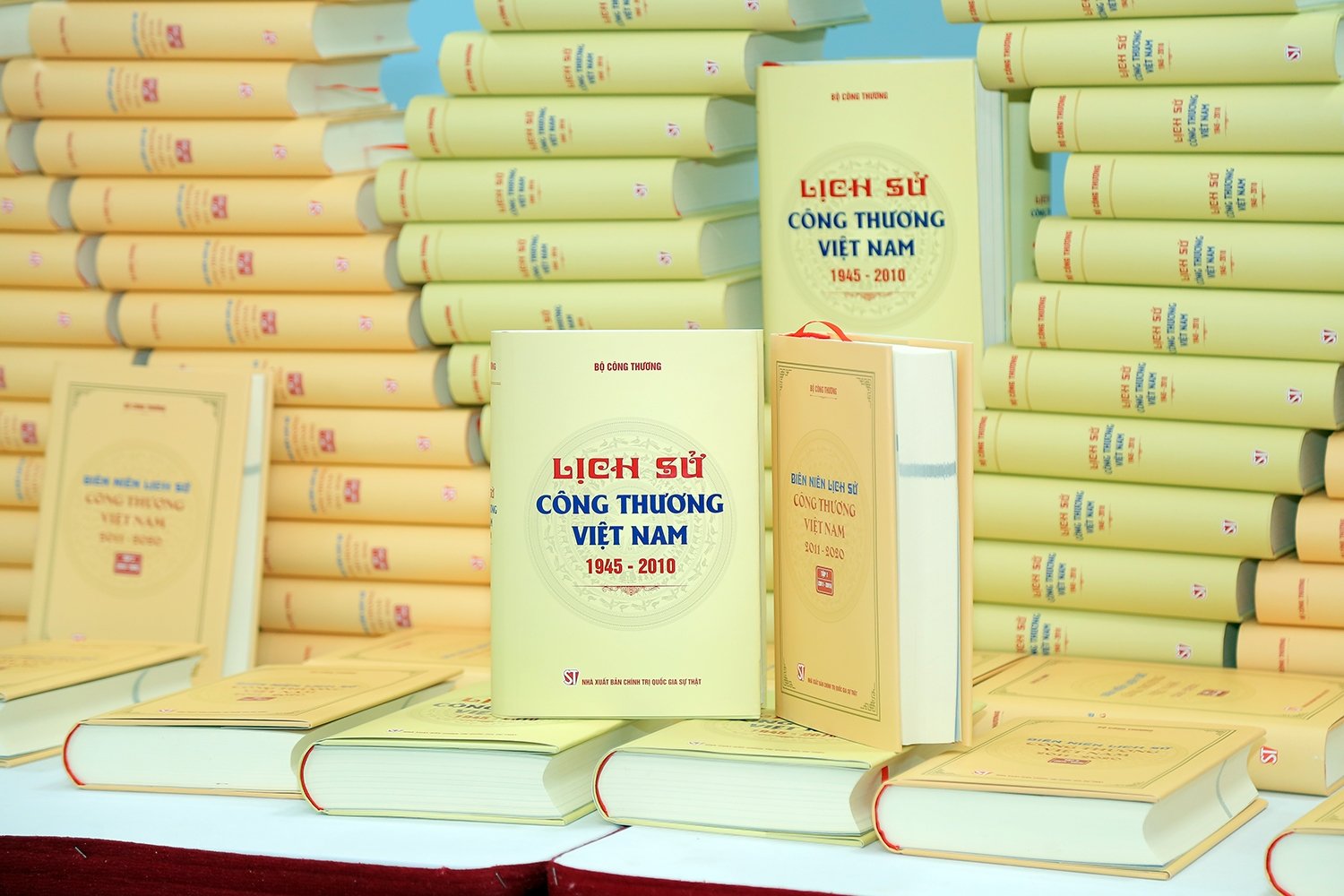



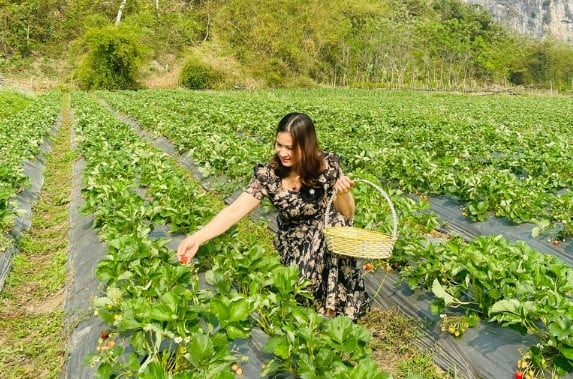





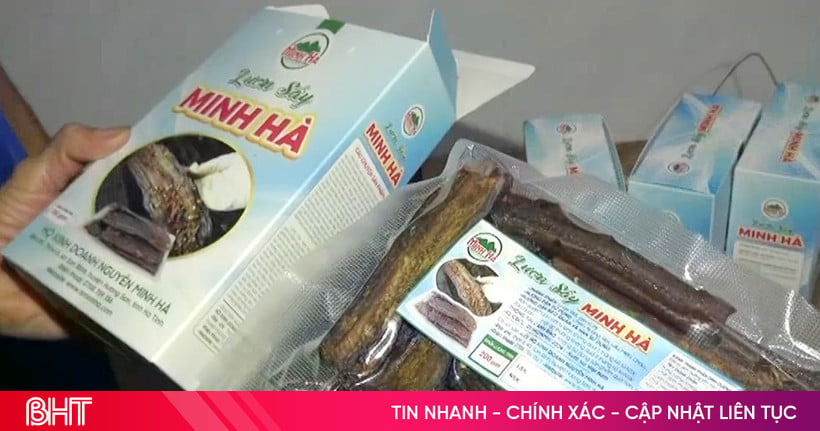

Comment (0)